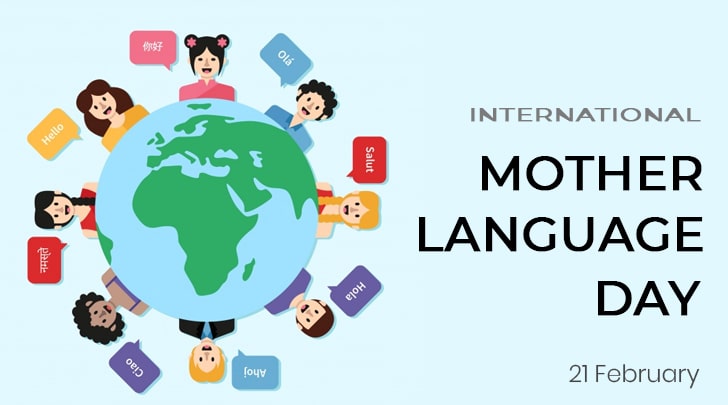Today is International Mother Language Day, an observance celebrated by the United Nations to support cultural diversity and multilingualism, values that are very important to us at Southern Cone Translations.
The history of this holiday dates back to the British partition of India into India, Pakistan, and East Pakistan, now known as Bangladesh. The new government of Pakistan declared Urdu to be the sole official language of both its territories, prompting backlash from the majority Bangla-speaking population in Bangladesh. On February 21, 1952, police opened fire on Bangladeshi demonstrations, killing five people and injuring hundreds. This day of mourning has been commemorated in Bangladesh since 1955. In 1999, the country proposed to the United Nations for this day to be commemorated worldwide, and International Mother Language Day has been observed ever since then.
In celebration of International Mother Language Day, we would like to highlight six endangered languages in the Southern Cone. It should be noted that none of these languages benefit from official status in the territories where they are spoken. At present, Chile and Argentina do not have de jure official languages, but Spanish is the sole de facto language of government.
Endangered languages of the Southern Cone:
- Yagán
- No native speakers
- Extinct
- Territory: Tierra del Fuego and surrounding islands at the southern tip of the continent.
- The last native speaker, Cristina Calderón, died February 16, 2022, on Navarino Island, Chile.
- Yagán means man.
- Tehuelche
- No native speakers
- Extinct
- Territory: Argentina Patagonia
- The last native speaker, Dora Manchado, died in 2019, but efforts to revitalize the language continue.
- Aluen means moonlight.
- Kawésqar
- About 10 native speakers
- Critically endangered
- Territory: the fjords and islands of Chilean Patagonia
- Most speakers are elderly people off the coast of Wellington Island.
- Káwes means skin, kawésqar means people. The “s” in kawésqar is pronounced like “sh” in English.
- Huilliche
- A few native speakers
- Severely endangered
- Territory: the Los Rios and Los Lagos regions of southern Chile
- Huilliche is mainly used among friends and for ceremonial purposes. Most speakers are over sixty years old. The language is related to Mapudungun.
- Mapudungun
- 258,413 native speakers
- Threatened
- Territory: south-central Chile and Argentina Patagonia
- The Mapuche people are the largest indigenous group in Chile, and Mapudungun is the second most spoken language after Spanish.
- The traditional Mapudungun greeting is mari mari.
- Rapa Nui
- Threatened
- About 2,000 native speakers
- Territory: Rapa Nui, also known as Easter Island.
- Most children and teenagers are not fluent speakers of Rapa Nui. The Rapa Nui spoken by most speakers has heavy Spanish influence.
- Rapa Nui is a Polynesian language related to Hawaiian and Māori. Hiva is the mythical homeland of the Rapa Nui people, and the word is etymologically related to Hawaii.
Source: Endangered Languages Project and the United Nations


 English
English Español
Español






